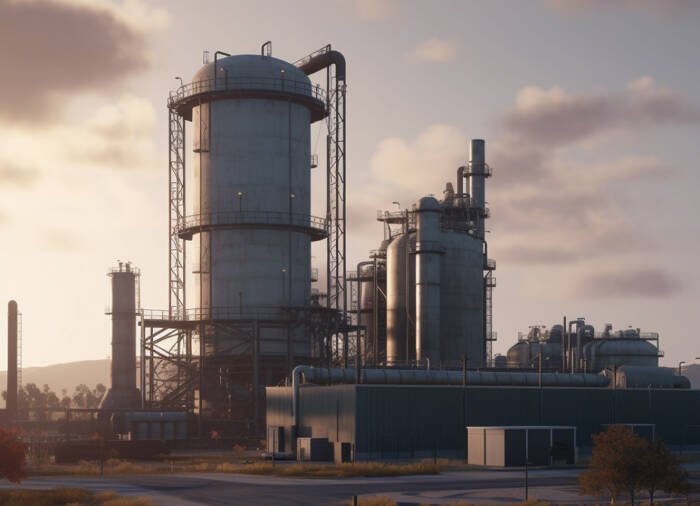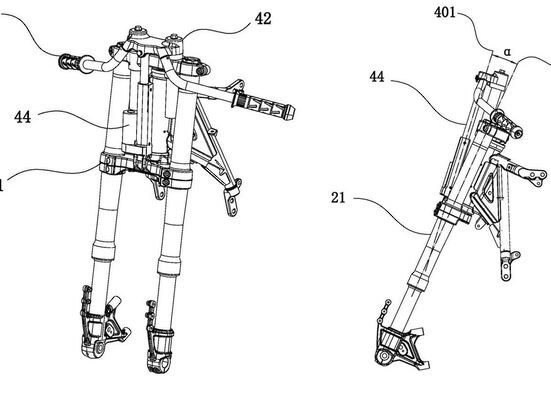Models from ECMWF projected lower Cooling Degree Days for the 10-15 day window, signaling weaker demand from power providers in the Midwest and South.
The initial bullish outlook, with expectations of 80s to 100s across East Coast cities, was replaced by forecasts of showers and temperatures in the 70s-80s, directly impacting regions that typically drive peak summer natural gas consumption.
Is Production Strength Still Outpacing Demand
Lower-48 dry gas production remained a key bearish factor, hitting highs of 107.4 Bcf/d, up 3.7% year-on-year, even as rig counts dipped from 114 to 109.
Demand struggled to keep pace, with readings ranging from 74.0 to 76.7 Bcf/d, creating a daily surplus of 30+ Bcf/d that pressured spot and futures prices.
The persistent imbalance underscores the difficulty for bulls without a meaningful weather-driven demand spike or a production slowdown.
How Do EIA Storage Builds Confirm Bearish Supply Conditions
EIA storage data confirmed market oversupply, with a +96 Bcf injection for the week ended June 20, well above the +88 Bcf consensus and the +79 Bcf five-year average.







